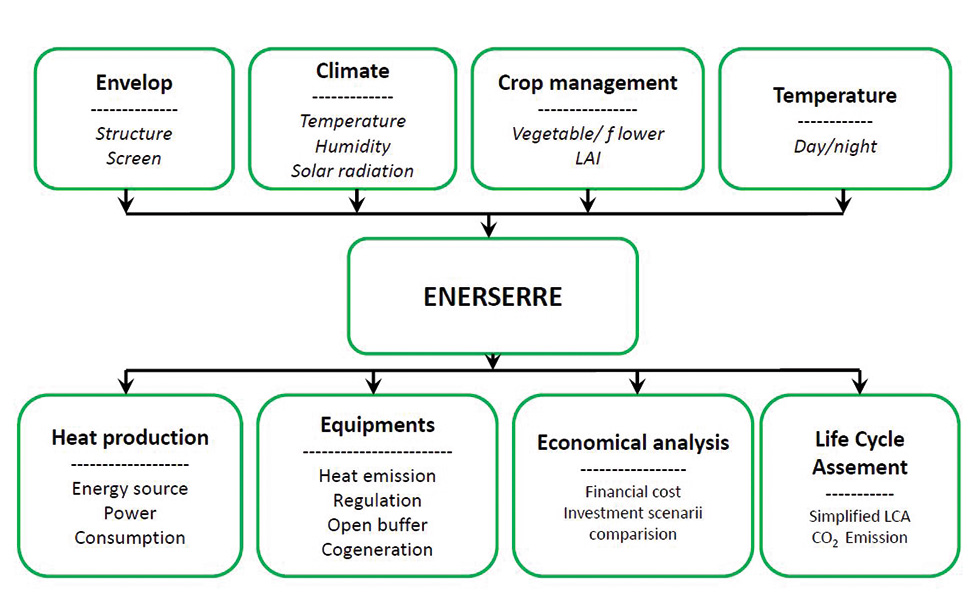#Agriculture #ControlledEnvironmentAgriculture #HorticulturalLighting #SustainableFarming #LEDGrowLights #AgricultureInnovation #ResearchPartnership #SustainableAgriculture
Sollum Technologies, a pioneer in LED grow lights, embarks on a groundbreaking research partnership program, S.E.A.R.C.H (Sollum Empowering Academic Researchers in CEA and Horticulture). This initiative aims to revolutionize horticultural lighting by collaborating with academic institutions across the U.S. The goal is to leverage Sollum’s cutting-edge LED technology to advance controlled environment agriculture, boost crop yields, enhance product quality, and promote sustainable practices.
In the ever-evolving world of agriculture, where innovation is the key to sustainability and efficiency, Sollum Technologies has taken a giant leap forward. Their new research partnership program, S.E.A.R.C.H, promises to redefine the way we approach horticultural lighting. For farmers, agronomists, agricultural engineers, farm owners, and scientists working in agriculture, this initiative presents a beacon of hope and an opportunity to unlock the untapped potential of controlled environment agriculture (CEA).
The Power of S.E.A.R.C.H
S.E.A.R.C.H, short for Sollum Empowering Academic Researchers in CEA and Horticulture, signifies a significant commitment by Sollum Technologies to promote scientific progress and sustainable agriculture. This program is set to bridge the gap between technology and research, ultimately benefiting the entire agriculture ecosystem.
According to the latest data from the Sollum Technologies website, this partnership initiative intends to provide research centers and universities across the United States access to Sollum’s cutting-edge LED grow light solution. The potential applications of this technology are vast and promising. With fully dynamic LED grow lights, Sollum aims to optimize various facets of controlled environment agriculture, including:
Yield Optimization: By fine-tuning lighting conditions, researchers can explore ways to maximize crop yields, ensuring a more abundant harvest to feed a growing population.
Morphology Management: The adaptability of Sollum’s lighting solution enables precise control over plant morphology, which is vital for space-efficient cultivation.
Pest and Disease Control: Improved lighting can contribute to pest management, reducing the need for harmful pesticides and fostering healthier crops.
Enhancing Product Quality: The quality of agricultural products can be significantly enhanced through tailored lighting, resulting in better-tasting and more nutritious produce.
Resource Efficiency: Sollum’s technology can help reduce water and nutrient consumption, making agriculture more sustainable and eco-friendly.
Cost Control: Energy costs are a significant concern for indoor farming. Sollum’s solution offers the potential for substantial energy savings, benefiting both the environment and farmers’ bottom lines.
A Bright Future for Sustainable Agriculture
As Michael Hanan, Senior Sales Director, U.S. Market at Sollum, emphasizes, this program reflects Sollum’s unwavering commitment to innovation and sustainability. It’s not just about growing more; it’s about growing smarter and more sustainably. With access to this unique lighting solution, researchers have the potential to drive agricultural practices toward a brighter, more eco-conscious future.
S.E.A.R.C.H aligns perfectly with the global demand for sustainable and efficient agricultural practices. By fostering collaborative relationships between Sollum and top-tier researchers, the industry can anticipate groundbreaking outcomes. These outcomes will not only transform horticultural lighting but also enhance the entire agriculture value chain.
Sollum Technologies’ S.E.A.R.C.H program is an exciting milestone for the agricultural community. It exemplifies the potential of collaboration between cutting-edge technology and academic research to create a more sustainable and efficient future for agriculture. As the program unfolds, we can look forward to innovations that will shape the future of horticultural lighting, benefiting farmers, researchers, and the planet alike.











